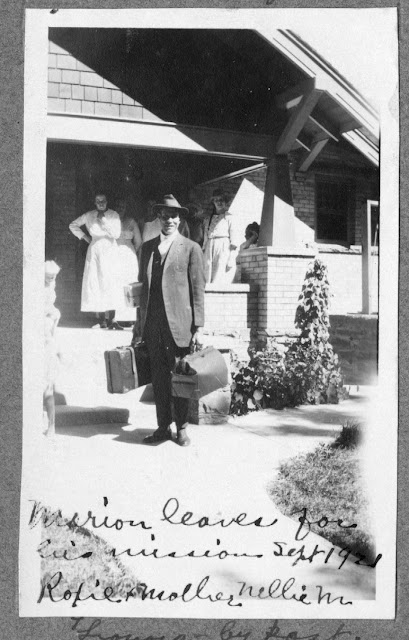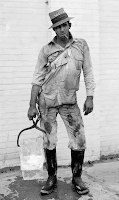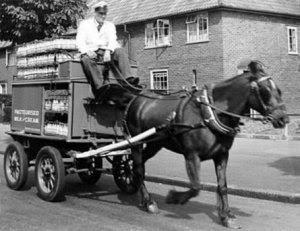Wieser Years Continued Again
My memories of Church activities in
Wieser are rather dim. There was a
small ward of the Church there, which was part of the Boise Stake. As I remember it the chapel was a white
wood frame building, with a recreation hall. There are only three things that stand out in my memory
about the Ward, First, was going to Primary. The only thing I remember about Primary was making a tie
rack for my Dad in our handicraft activity. Second, I remember being in a program at the Church and
singing a duet with another boy.
The name of the song we sang was “Mr. Gallagher and Mr. Shean”. The third memory was of a play that
Mother and Dad participated in. I
remember going to some of the rehearsals with them.
A
very popular form of home entertainment at this time was the phonograph. It was a big event when Dad brought
home a brand new Edison phonograph.
It had a red mahogany cabinet.
The turntable motor was powered by a spring that had to be hand wound
with a crank. The records were
very thick, about 1/4 inch and were about ten inches in diameter. The Edison phonograph had a diamond
stylus or “needle” which was supposed to never wear out. The machines were very well built and
durable.
Commercial
radio broadcasting was in its infancy in the early 1920’s. It was only a curiosity then, and did
not become a popular form of entertainment until in the 1930’s. I remember hearing the first radio in
Wieser. At that time they were
cumbersome machines powered by batteries.
The models to come out did not have a loud speaker to produce the sound,
only earphones.
At
this time a very popular form of entertainment was the “silent” movies. The “kids” would usually go on Saturday
afternoon. Some of my favorite
actors were the cowboy star Bill Hart, Fatty Arbuckle, Harold Lloyd, and the
“immortal” Charlie Chaplin.
Charlie Chaplin















